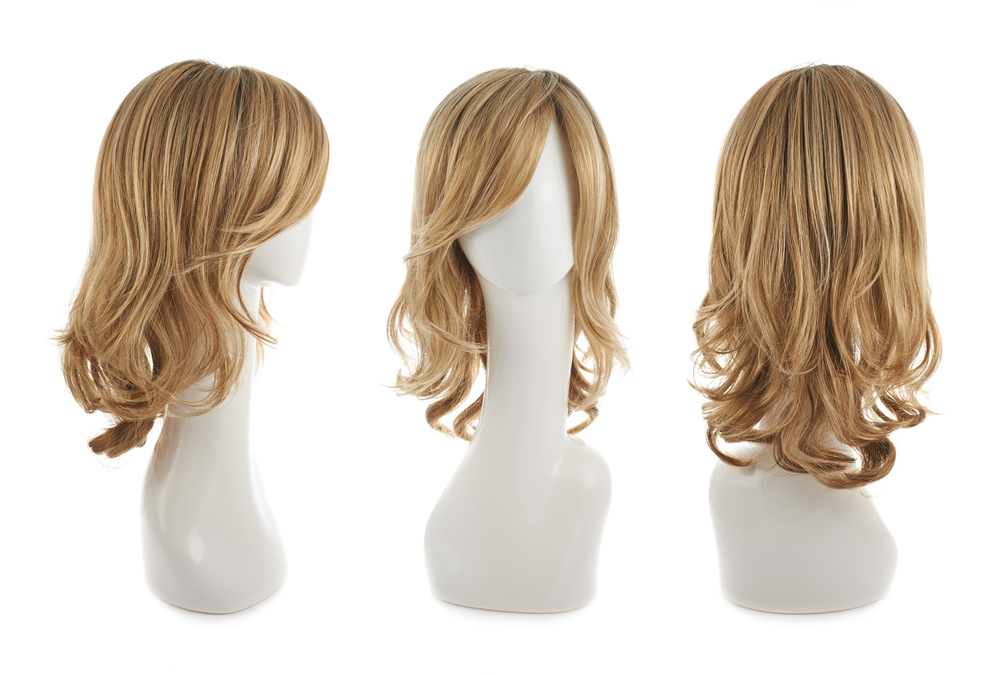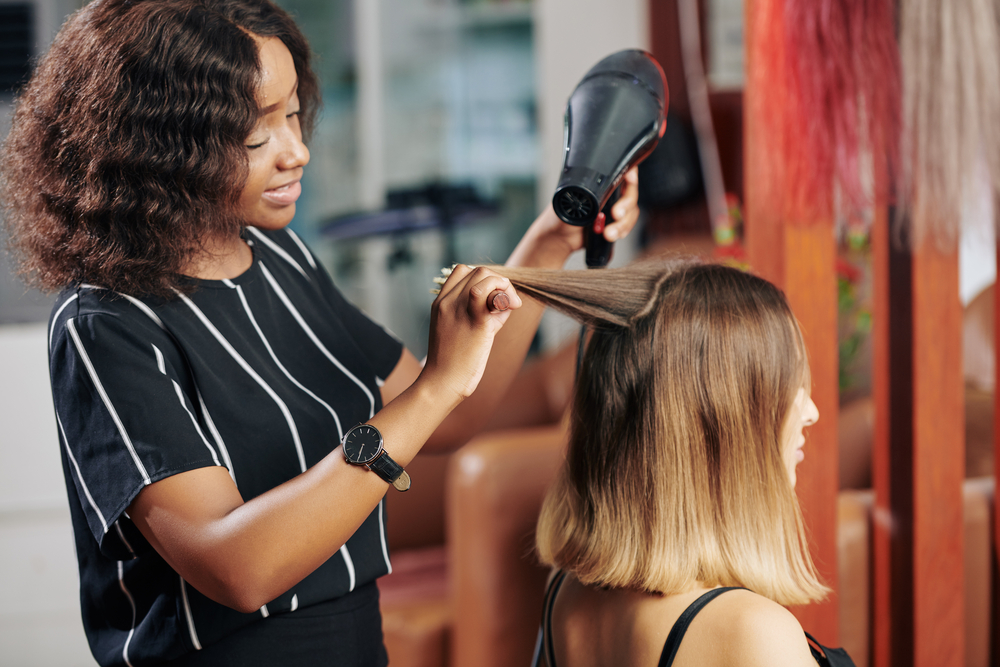Both synthetic and real hair wigs can create a gorgeous new look. However, no wig lasts forever. Wig repair services can restore the appearance and functionality of a wig that is worn out or damaged. The type of repair you need depends on what kind of wig you have.
Why You May Need Wig Repair
Over time and with extended use, wigs start to lose their style and shape. The more common issues needing attention include:
- Holes or tears
- Thinning or balding areas
- Worn-out lace frontals or closures
Natural wear and tear contribute to the need for repair services, but improper maintenance can cause you to need repair help more quickly. Though there are plenty of DIY tips for repairing a wig, it’s best to trust professional salon services to fix balding frontal wig concerns.
Damage From Dryness
There is the potential for both synthetic and human hair wigs to lose some of their style and shape as the strands start to dry out.
Synthetic Wigs
Synthetic wigs don’t have the moisture content of human hair, and they also have added chemicals that cause static cling. This influences the styling of the wig. To fix dryness with a synthetic wig, you should treat the wig with a quality conditioner or softener specifically made for synthetic hair.
Hair softeners made for wig use contain a positive charge to rebalance the electricity of the hair. They also soften the strands and make them easier to comb.
Real Hair Wigs
Though they look more like natural hair, a lack of roots in the scalp means that human hair wigs don’t get the moisture needed to stay healthy. By regularly washing and deep-conditioning your wig, you can keep it easy to style and free from damage. It’s recommended that you wash your wig every 10 to 12 wears.
Damage From Stress
Your wig can get damaged from the stress it undergoes during styling, your daily activities and more. Color fading can be a problem due to intense sunlight exposure or chlorine exposure. Heat treatments, such as using a straightener to smooth out kinks, can damage a synthetic wig unless it’s heat resistant. It’s better to use steam to help straighten the locks on your wig.
Damage From Dry Ends
Although dry ends won’t hurt you, they affect the look of your wig. Dry ends generally occur from heavy styling, as well as rough brushing or friction from sleeping without a protective bonnet. Solutions for dry ends include a short trim to remove the ends, but this can only happen a few times since the hair won’t grow back.
You can also add an anti-static product or detangler to the wig before you gently comb through the hair and remove any knots. Once you have the ends detangled, you can use styling treatment if it’s a heat-resistant wig.
How To Perform General Care To Prevent Wig Repair
Keeping up with the general maintenance a wig requires can help prevent serious damage and repair needs. If your wig is looking a little worse for wear, you can restyle it by patiently moving through these general care practices.
1. Detangle the Hair
You should detangle your wig before making any repairs. Use a special detangling brush and solution made for use with a wig, as they’re safer and gentler on the hair. Pin your wig onto a Styrofoam wig stand before applying the detangling solution, then brush it out.
Be gentle. Remember that if you are looking to fix balding frontal lace, pulling or combing aggressively will only make the balding issues worse.
2. Wash and Condition
Even when it’s tangle-free, your wig may show signs of dryness and frizz. Using warm water, wash your wig in a quality shampoo. You can immerse the hairpiece while gently rubbing the strands, but be careful not to create tangles or knots. Use a leave-in conditioner.
3. Air Dry
Don’t use a blow dryer when trying to revive your wig. Let it stay on the wig stand overnight to air dry. Brushing the wig out while it is still damp is ideal, as it’s easier on the hair.
4. Style the Hairpiece
Once you’ve taken these steps, you will be better able to see how damaged the wig really is. Styling your wig may leave it looking as good as new. However, if you are missing strands of hair or the lace is torn, you will need additional wig repair.
How To Repair Torn or Balding Lace Wigs
In some cases, the damage to the wig isn’t just to the look or feel of the hair. A lace wig can rip, necessitating a repair of the base material. It’s possible for strands to come loose from the wig and create thin or balding spots. The adhesive may also start to slip, requiring reapplication around the edges.
1. Prepare the Wig
Before you can repair the lace or replace missing hair strands, prepare the wig as described in the steps to restore its looks. Wash and air dry the wig, leaving it on a mannequin head overnight.
2. Repair the Lace
When you are ready to repair the wig, turn it inside out and place it back on the mannequin head. Using a small needle and strong thread, sew a small hole or tear shut. For larger holes or tears, you may need to use a patch. You can find a lace mesh or similar materials from a wig seller. Be careful about the material you use, as you want to ventilate air to the scalp.
3. Replace Missing Hair
Filling in hair along the lace base required a ventilation needle and holder. You also need hair bulk in the same color as the wig. This part of wig repair is time-intensive, as you should only sew a few strands of hair to the lace at a time.
Turn to the Professionals for Wig Repair
While you can work at restoring your wig to a gorgeous style on your own, you can likely get better and more convenient results with the wig repair services from Hair Fetish Atlanta Salon. Book an appointment today and trust us to fix your hairpiece.





